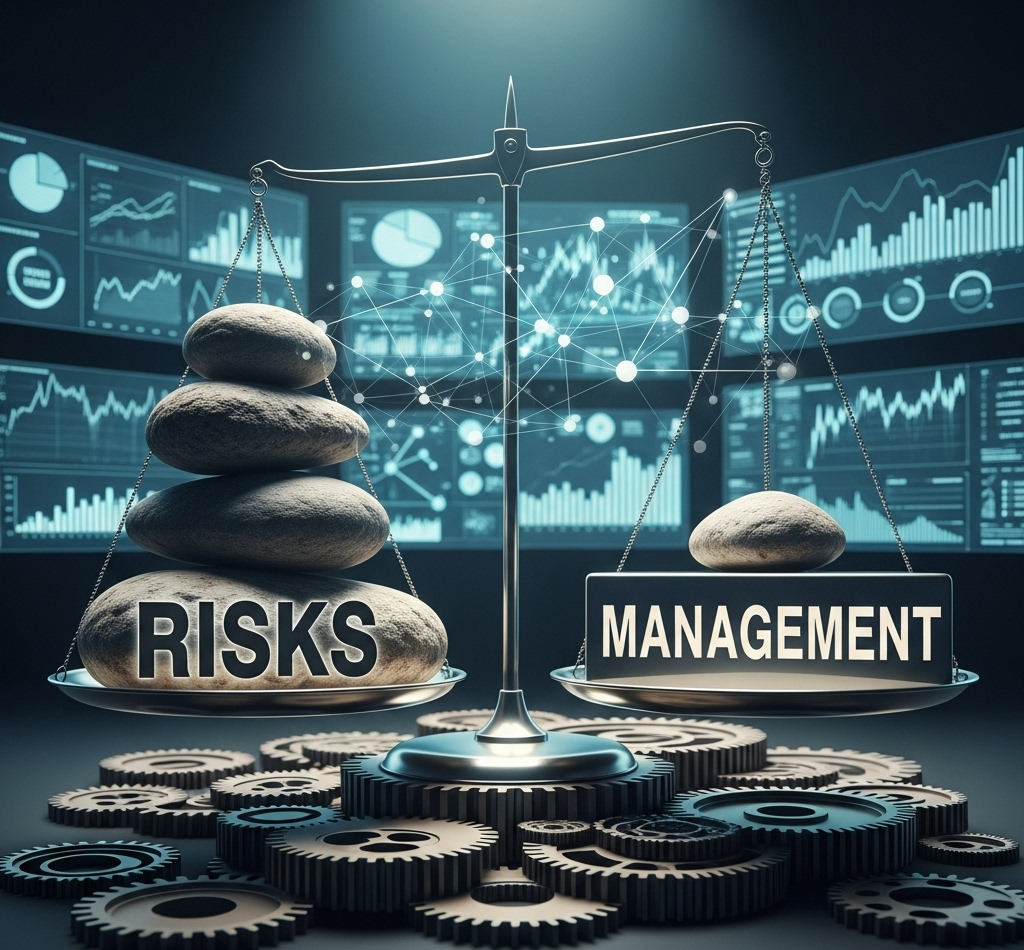
In today’s interconnected global economy, supplier risk management is a critical component of a resilient supply chain. Businesses rely heavily on suppliers for goods, services, and operational continuity, but disruptions or failures in the supply chain can have cascading effects. From financial instability to geopolitical uncertainties, supplier risks can threaten business operations, profitability, and reputation. This blog post explores the importance of supplier risk management, key threats to watch for, and practical strategies to mitigate them.
Suppliers are the backbone of many organizations, providing essential components, raw materials, or services. A single supplier failure—whether due to financial distress, operational issues, or external factors like natural disasters—can halt production, delay deliveries, or compromise quality. Effective supplier risk management helps businesses:
Ensure continuity of supply
Protect against financial losses
Maintain compliance with regulations
Safeguard brand reputation
Build a resilient supply chain
By proactively identifying and addressing risks, companies can avoid costly disruptions and maintain a competitive edge.
Understanding the types of risks suppliers may pose is the first step in managing them effectively. Below are the most common categories of supplier risks:
Suppliers facing financial instability may struggle to deliver goods or services, declare bankruptcy, or cut corners to save costs, leading to quality issues. Signs of financial risk include declining credit ratings, delayed payments to their vendors, or public reports of financial distress.
Operational challenges, such as production delays, capacity constraints, or quality control issues, can disrupt the supply chain. For example, a supplier with outdated equipment or poor inventory management may fail to meet delivery timelines or quality standards.
Suppliers operating in regions with political instability, trade restrictions, or changing regulations face heightened risks. Tariffs, sanctions, or new compliance requirements (e.g., environmental or labor laws) can impact a supplier’s ability to deliver.
Natural disasters, such as hurricanes, earthquakes, or floods, can disrupt supplier operations, especially if they are located in high-risk regions. Climate change is increasing the frequency and severity of these events, making environmental risk assessment critical.
Suppliers with weak cybersecurity practices can expose your organization to data breaches or ransomware attacks. If suppliers have access to your systems or sensitive data, their vulnerabilities become your vulnerabilities.
A supplier’s unethical practices—such as labor violations, environmental negligence, or corruption—can tarnish your brand. Consumers and stakeholders increasingly hold companies accountable for their suppliers’ actions.
To manage these risks effectively, organizations should adopt a proactive and systematic approach. Below are key strategies to identify and mitigate supplier risks:
Before onboarding a supplier, perform due diligence to evaluate their financial health, operational capabilities, and compliance history. Tools like credit reports, site visits, and third-party audits can provide valuable insights. Regularly reassess existing suppliers to detect emerging risks.
Relying on a single supplier for critical components is risky. Diversifying your supplier base across different regions and providers reduces dependency and ensures continuity if one supplier fails. Consider dual-sourcing or maintaining backup suppliers for critical materials.
Clear, detailed contracts with suppliers should outline performance expectations, quality standards, delivery timelines, and penalties for non-compliance. Include clauses for risk-sharing, such as force majeure provisions, to address unforeseen disruptions.
Leverage technology to monitor supplier risks continuously. Tools like supply chain management software, AI-driven analytics, and risk dashboards can track supplier performance, financial health, and external factors like geopolitical events or weather patterns.
Foster collaborative relationships with suppliers through regular communication, joint planning, and transparency. Strong partnerships encourage suppliers to share early warnings about potential issues, enabling faster resolution.
Prepare for disruptions by creating contingency plans. These may include maintaining safety stock, identifying alternative suppliers, or establishing crisis response protocols. Scenario planning can help you anticipate and respond to potential risks.
Ensure suppliers adhere to strict cybersecurity standards. Require them to implement robust data protection measures, conduct regular security audits, and comply with relevant regulations (e.g., GDPR or CCPA). Include cybersecurity requirements in supplier contracts.
Vet suppliers for ethical practices and sustainability. Conduct audits to ensure compliance with labor, environmental, and governance standards. Partnering with responsible suppliers reduces reputational risks and aligns with consumer expectations.
Modern technology plays a pivotal role in managing supplier risks. Some tools to consider include:
Supply Chain Management Platforms: Tools like Lasso provide visibility into supplier performance and risks.
AI and Predictive Analytics: These technologies analyze historical data and external factors to predict potential disruptions.
Blockchain: Blockchain can enhance transparency and traceability in the supply chain, ensuring compliance and authenticity.
Risk Monitoring Services: Third-party services like Dun & Bradstreet or LexisNexis provide real-time data on supplier financial health and geopolitical risks.
Supplier risk management is not a one-time task but an ongoing process that requires vigilance, collaboration, and adaptability. By identifying key threats—financial, operational, geopolitical, environmental, cybersecurity, and reputational—and implementing proactive mitigation strategies, businesses can build a resilient supply chain that withstands disruptions. Leveraging technology, fostering strong supplier relationships, and prioritizing ethics and sustainability are essential steps toward minimizing risks and ensuring long-term success.
© 2025 Lasso Supply Chain Software LLC
Get instant access to our report on the Top Procurement Trends of 2025 by filling out the form below.

Get instant access to our report on the Top Procurement Trends of 2025.